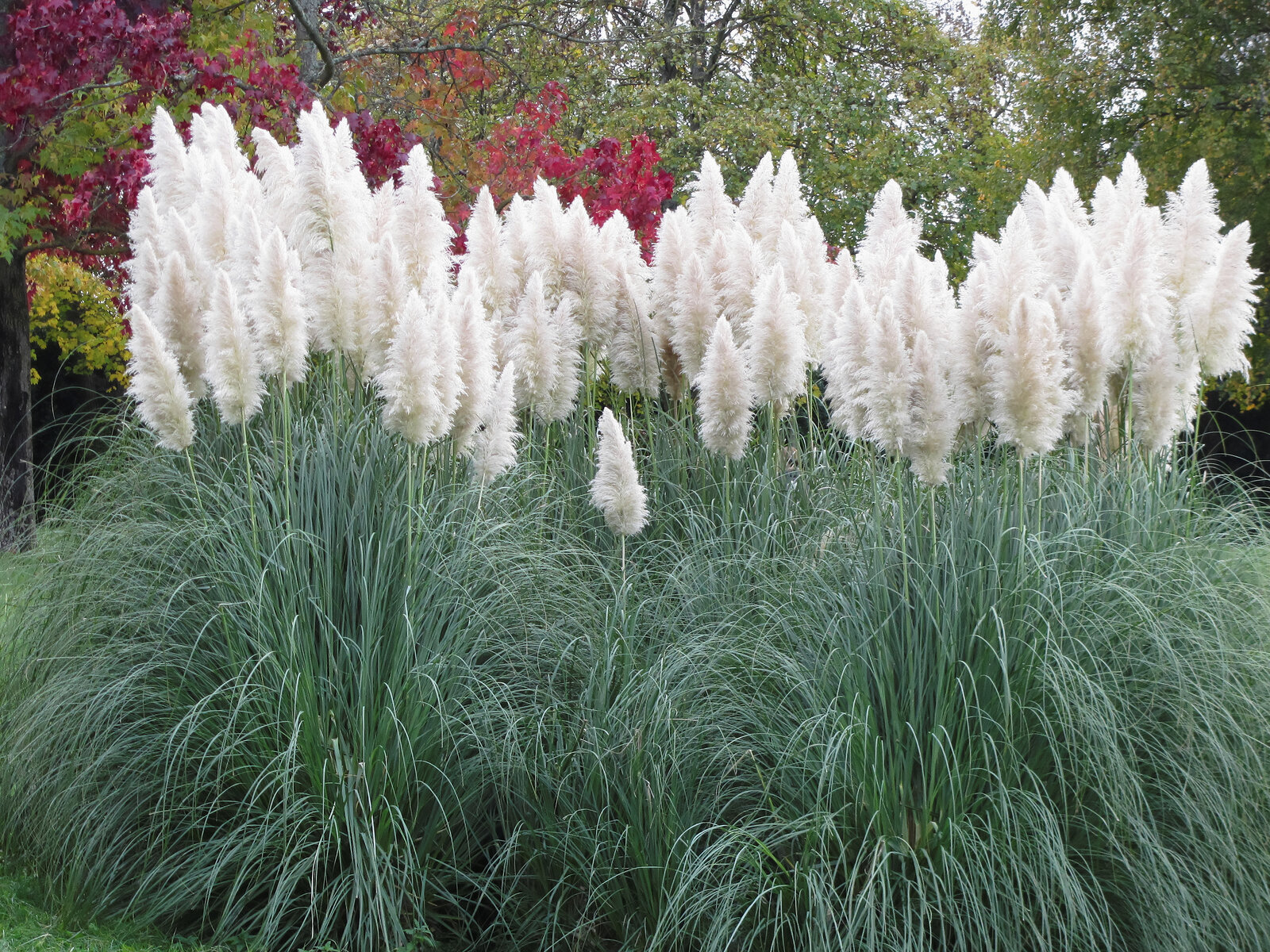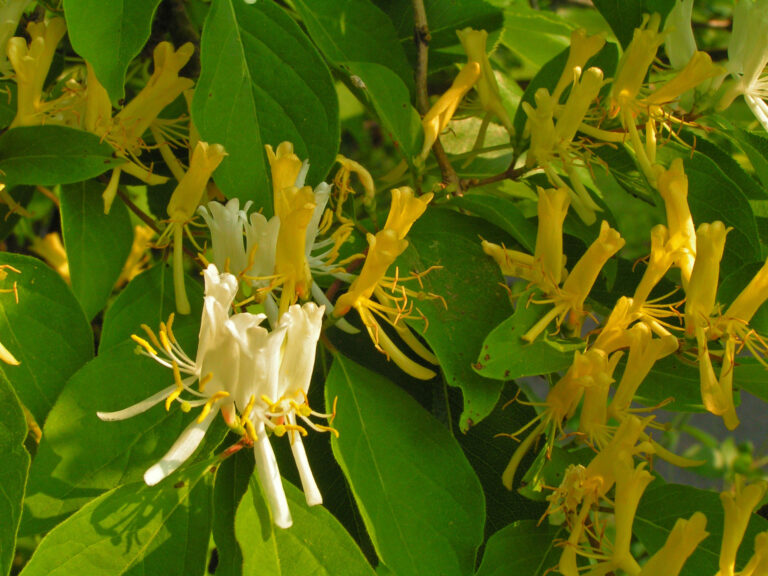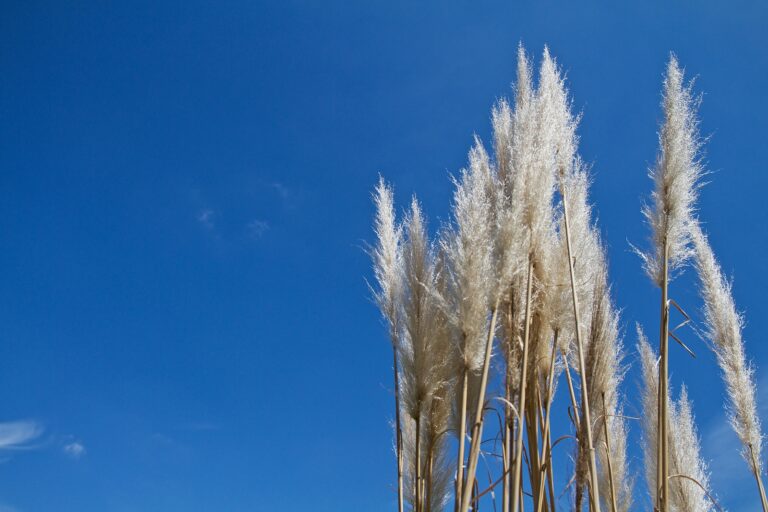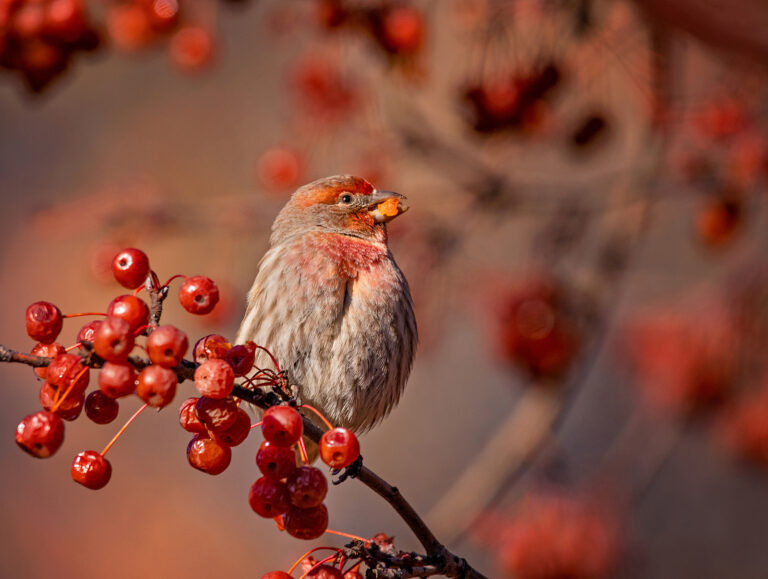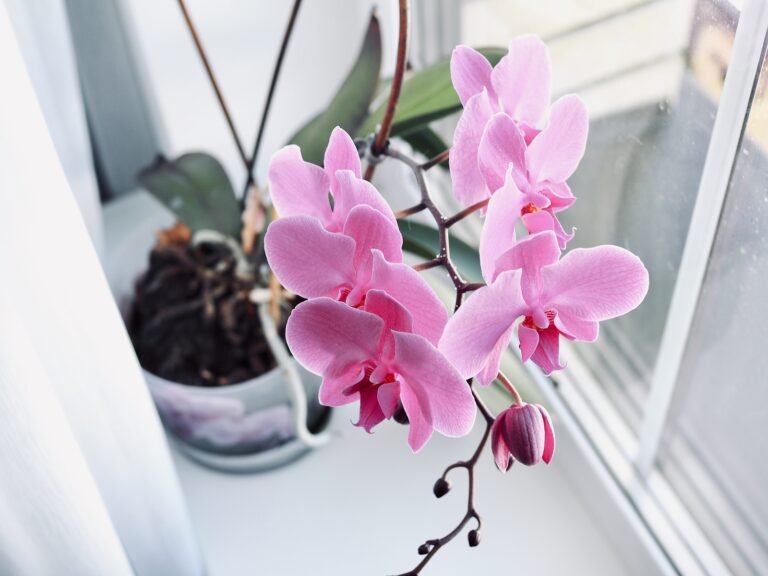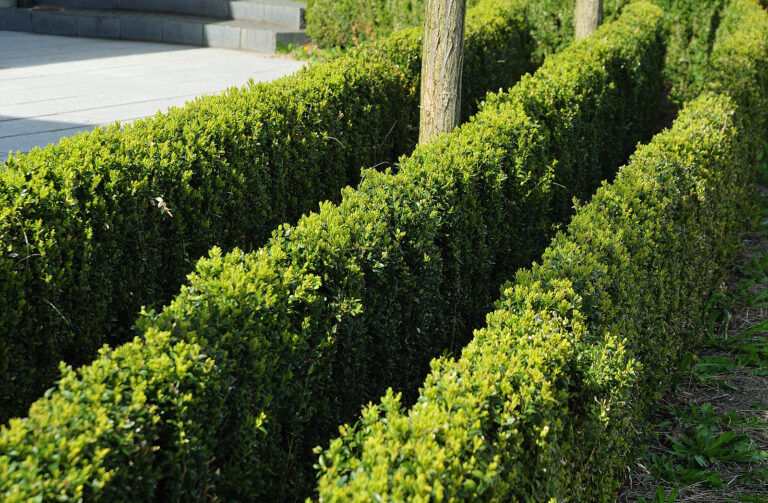Ornamental Grasses in the Garden
A number of members of the Grass Family are useful in landscaping and in the herbaceous border because of their distinctively decorative foliage and the pleasingly varied forms and soft colors of their spikes or plume-like flower clusters.
Most of the annual forms of ornamental grasses and many of the perennials are also valuable for use in flower arrangements, both fresh and dried as in winter bouquets.
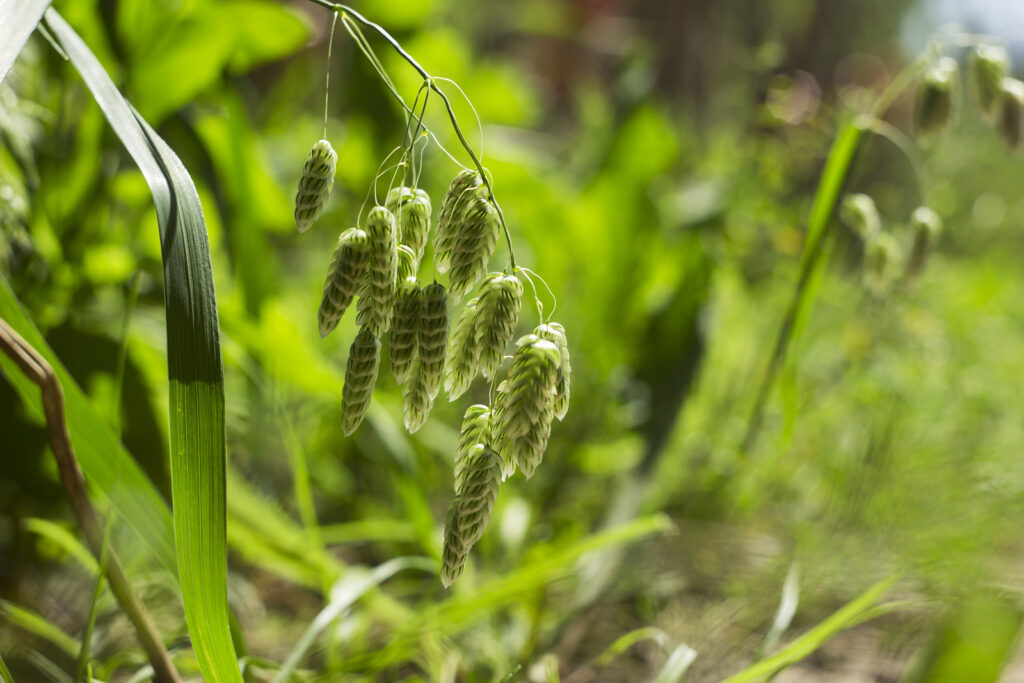
Annual ornamental grasses
Annual ornamental grasses are easily raised from seed sown in early spring where the plants are wanted. They prefer an open sunny position and the seedlings should be thinned out when they are quite small so that each plant will have a full chance to develop. The most common mistake in growing them is allowing the plants to become or remain crowded. On average, a foot between plants is none too much even though it is hard to believe that the young seedlings will ever need that much space.
Among the annuals suitable for edging the flower border or wherever the smaller neater kinds are wanted are the Harestail Grass (Lagurus ovatus), Cloud Grass (Agrostis nebulosa), and the small Quaking Grass (Briza minor). At the other size extreme is Rainbow Corn (Zea japonica) that may reach 10 or 12 feet, and there are all sizes in between.
In color, one may have the white downy tufts of Harestail Grass, the striped effect in white, yellow, and pink in the case of Rainbow Corn, or among the Fountain Grasses, the rose or purple plumes and green foliage of Pennisetum ruppeli, and the copper bronze foliage and plumes of Pennisetum macrophyllum atrosangineum. This is only a hint of the versatile appearance of these annual ornamentals.
A list of suitable annual grasses for gardens would include these genera: Agrostis, Anthoxanthum, Aspris, Avena, Brachypodium, Briza, Bromus, Chloris, Coix, Demazeria, Echinochloa, Eleusine, Eragrostis, Euchlaena, Festuca, Holcus, Hordeum, Koeleria, Lagurus, Lamarckia, Oryza, Panicum, Paspalum, Pennisetum, Phalaris, Polypogon, Scleropoa, Setaria, Syntherisma, Zea, Zizania.
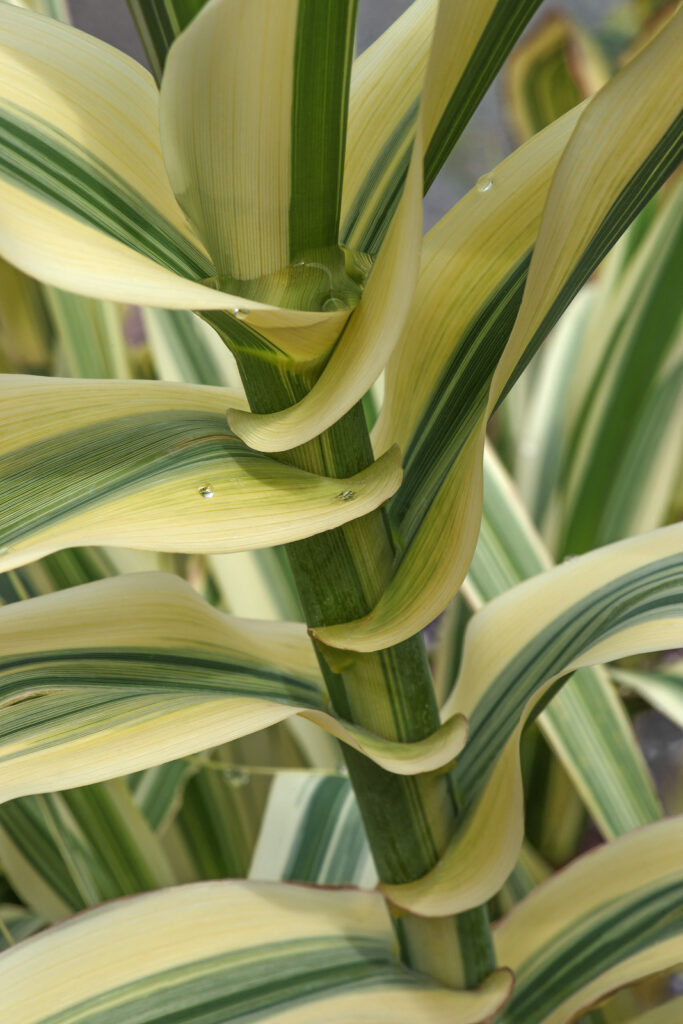
Perennial ornamental grasses
The perennial grasses range from plants suitable for edgings and rock gardens such as 6-inch Cocksfoot Grass (Dactylis glomerata) to the gracefully majestic Giant Reed (Arundo donax) which sometimes reaches a height of 20 feet. According to their height and habit, these can be used in the flower border, in natural gardens, at the edge of streams, grouped in the shrub border, as temporary summer barriers, and as interesting accent points in the garden design.
Seeds for a large proportion of the perennial grasses are available from which they can easily be raised, the plants developing quickly. Others can be increased by division, by cutting the clump in pieces 3 or 4 inches across in early spring. This method should be followed with all the variegated sorts which cannot be depended upon to come true from seed.
When transplanting seedlings, remember, as in the case of annuals, that crowded plants will not thrive, and as perennials keep on growing year after year, they will need even more space, or more or less regular thinning out.
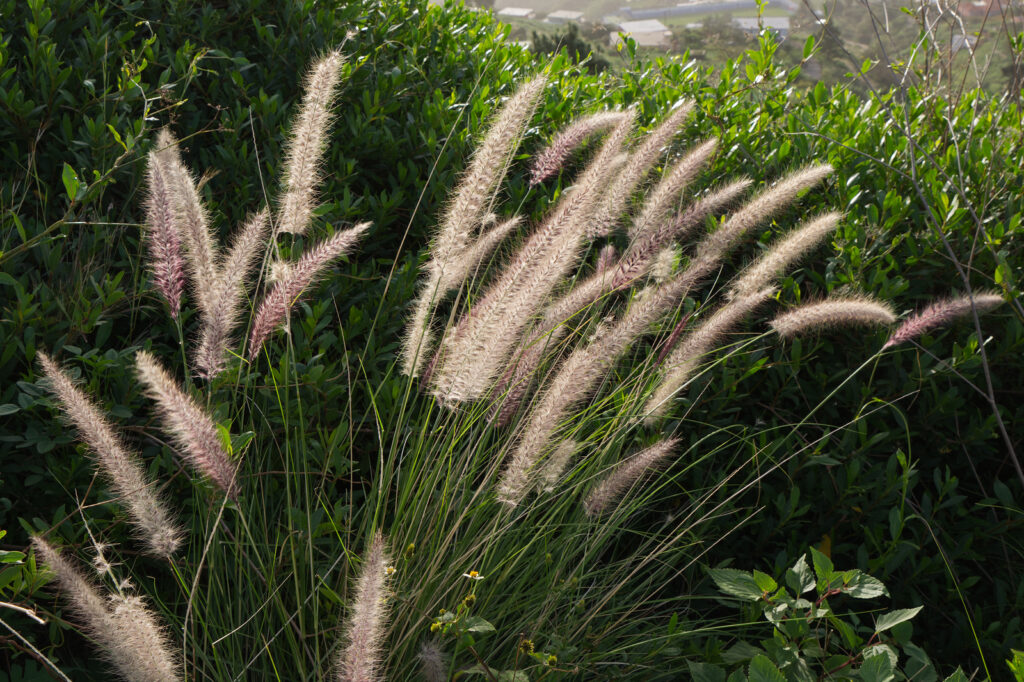
Perennial ornamental grasses for effect
- For a striking effect in the landscape, the Giant Reed is excellent, doing well in deep, rich soil. The general effect is somewhat like that of a slender hill of corn, but considerably more graceful.
- The bamboos, notably Arundinaria simoni and Phylostachys aurea attain 15 feet or more and are effective, although not entirely hardy without protection in temperate climates.
- Another of the most beautiful of the perennial grasses is Pampas Grass (Cortaderia). It is also hardy in most sections the roots must be stored in a frost-free place during winter.
- Plume Gras (Erianthus) resembles Pampas Grass but is hardy.
- Perennial Fountain Grass (Pennisetum japonicum) with its fox-tail plumes is also effective in the landscape and border.
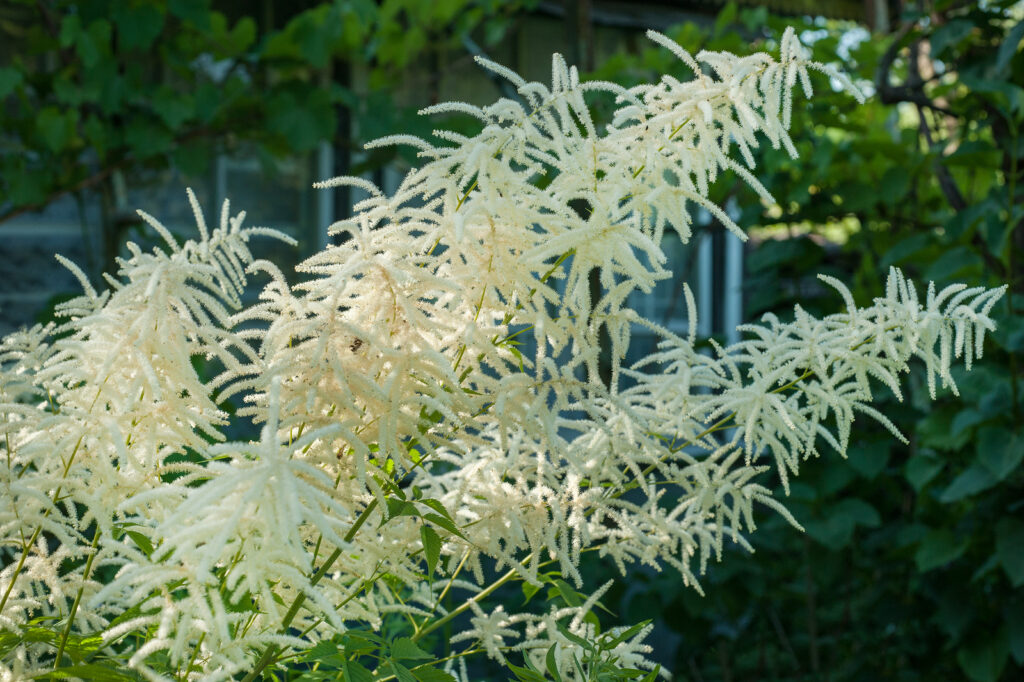
Perennial ornamental grasses for color
- Beard Grass (Andropogon argenteus) is silver and grows to about 3 feet.
- Plume Grass (Erianthus ravennae) is sliver plumed and grows to 8 feet tall.
- Blue Fescue (Festuca glauca) produces fine blue-gray foliage about 9 inches high and does well in dry situations.
- Wild Rye also called Lyme Grass in its blue form (Elymus glaucus) grows about 3 feet tall.
- Perennial Fountain Grass has mahogany plumes tipped with white.
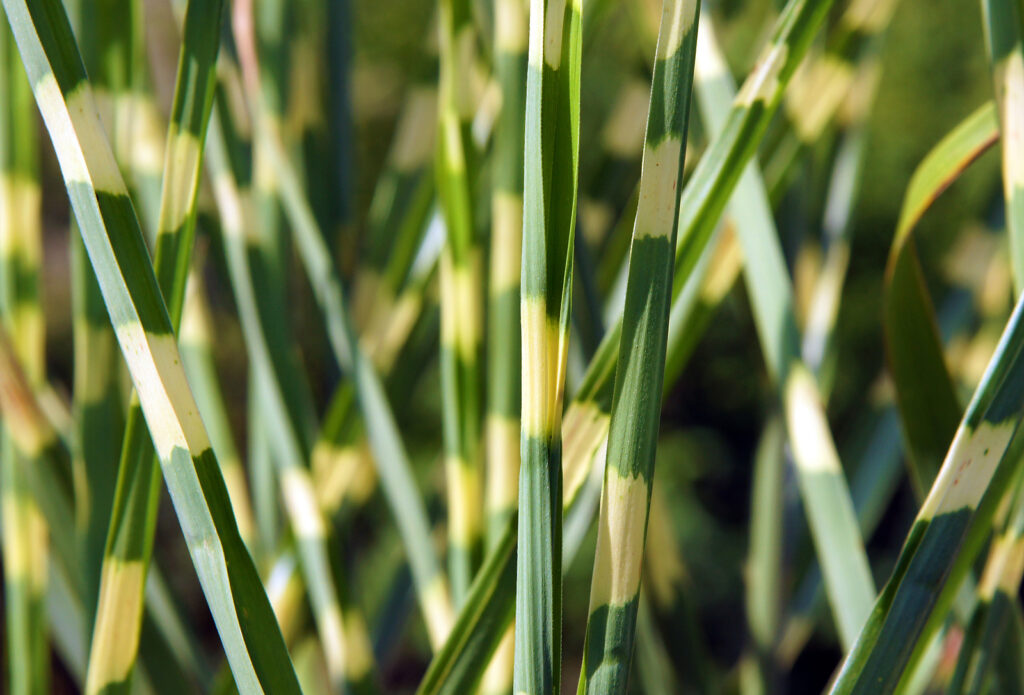
Variegated perennial ornamental grasses
Variegated perennial grasses that grow to 5 feet tall include:
- Miscanthus sinensis variegatus has green and white strips
- Zebra Grass (M. sinensis zebrinus) has green and yellowish stripes.
- Ribbon Grass (Phalaris arundinacea picta) has green and white stripes.
Smaller variegated perennial grasses include:
- Cocksfoot Grass (Dactylis glomerata variegata)
- Arrhenatherum elatius tuberosum
Perennial ornamental grasses for cutting
Perennial grasses useful for cutting are Feather Grass (Stipa pennata), Canary Reed (Phalaris), Spike Grass (Uniola); those suited for dry bouquets include Bottlebrush Grass (Hystrix), Eulalia, and Pampas Grass.
Important ornamental grass genera
Here is a roundup of important ornamental grass genera: Agrostis, Aira, Alopecurus, Ammophila, Ampelodesma, Anatherum, Andropogon, Antoxanthum, Arrhenatherum, Arundinaria, Arundo, Axonopus, Bambusa, Brachypodium, Briza, Bromus, Cephalostachyum, Chloris, Cortaderia, Cymbopogon, Cynodon, Cynosurus, Dactylis, Dendrocalamus, Elymus, Eragrostis, Eremochloa, Erianthus, Euchlaena, Festuca, Glyceria, Gynerium, Holcus, Hordeum, Hystrix, Koeleria, Leptochloa, Lolium, Melica, Miscanthus, Molinia, Neyraudia, Notholcus, Oplismenus, Panicum, Paspalum, Pennisetum, Phalaris, Phleum, Phragmites, Phyllostachys, Poa, Saccharum, Sasa, Setaria, Stenotaphrum, Stipa, Thamnocalamus, Thysolaena, Tricholacena, Trisetum, Uniola, and Zoysia.
Shade-tolerant ornamental grasses
| Common Name | Botanical Name | Zones |
| Blue oat grass | Helictotrichon sempervirens | 4-9 |
| Sedge, Golden | Carex elata ‘Bowles Golden’ | 5-9 |
| Sedge, Japanese | Carex morrowii | 6-9 |
| Japanese forest grass | Hakonechloa macra ‘Aureola’ | 4-8 |
| Northern sea grass | Chasmanthium latifolium | 5-9 |
Ornamental grasses for meadow and prairie plantings
| Common Name | Botanical Name | Zones |
| Northern sea grass | Chasmanthium latifolium | 5-9 |
| Feather grass | Stipa spp. | 8-11 |
| Feather reed grass | Calamagrostis x acutiflora ‘Karl Foerster’ | 5-9 |
| Purple moor grass | Molinia caerulea | 4-8 |
| Switch grass | Panicum virgatum | 4-9 |
Drought-tolerant ornamental grasses
| Common Name | Botanical Name | Zones |
| Dwarf pampas grass | Cortaderia selloana ‘Pumila’ | 7-10 |
| Blue fescue | Festuca glauca | 4-9 |
| Blue oat grass | Helictotrichon sempervirens | 4-9 |
| Feather grass | Stipa spp. | Varies |
| Fountain grass | Pennisetum alopecuroides | 5-10 |
| Silver grass; miscanthus | Miscanthus sinensis | 5-10 |
| Switch grass | Panicum virgatum | 4-9 |

